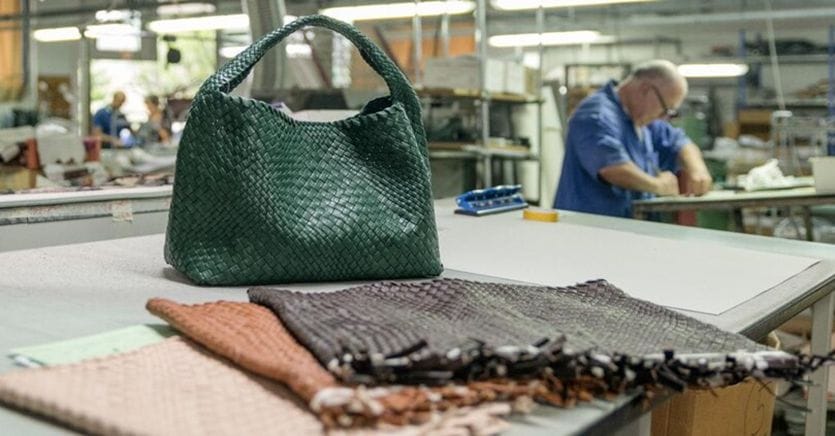Luxury owned or made in Italy is in excellent health. Even if the Italian-owned companies have much lower size and growth rates than those of foreign ownership. For which, however, Italy represents an essential manufacturing and production hub in general. These are the conclusions of the study presented at the 27th Pambianco fashion summit, organized with Pwc and with the support of Grazia to investigate the role of Italy in the new world fashion system, between prospects and future challenges.
Pambianco’s analysis highlighted that 2021 the fifteen main Italian luxury brands (Prada, Armani, Brunello Cucinelli, Dolce & Gabbana, Otb, Moncler, Zegna, Ferragamo) or that produce in Italy (Burberry, Chanel, Hermès, Kering, Lvmh, Valentino, Richemont) achieved revenues of 141 billion euros, up compared to the 100 billion in revenues of 2020 but above all compared to the pre-Covid period. A trend that seems to continue in 2022: in the first six months of the year, total turnover increased by 27% compared to the same period in 2021. Profitability also increased: in 2021 the aggregate Ebitda was 46 billion euros, equal to 32% of turnover, compared to 35 billion (30%) in 2019.
By tightening the focus on properties, however, the gaze changes: “The weight of Italian-owned companies on the total turnover is 13 billion and therefore only 9%, two percentage points less than in 2019”, explains Alessio Candi, consulting and M&A director of Pambianco. That’s not all: “On the marginality front, the Italian companies in the sample hold up the comparison, with an average EBITDA margin of 28% against 33% of international ones, but on the growth front, not, increasing the size gap”. The average annual growth of Italian-owned groups between 2019 and 2021, in fact, stood at 0.9% while that of foreign groups was +6.6 percent.
Italy, as already mentioned, also plays a key role in their business: by limiting the analysis to only the segments of the fashion sector (clothing, footwear, leather goods) which account for 57% of the total turnover of the 15 luxury groups, it emerges that 78% of production is located in Italy with an economic impact of over 17 billion euros, of which about 15 billion at the manufacturing level and 2.4 billion of raw materials.
Hence the increasing attention to producers: small companies – the average turnover of the top 10 Italian manufacturing players is 102 million euros; that of producers of raw materials is 105 million – who count on good profitability and work a lot with foreign markets. Textiles and tanning, according to Pambianco’s findings, are in fact worth 10 billion euros and export over 50% of revenues (in the case of tanning we are talking about more than 70%). “85% of the added value, however, is downstream – observes Candi – and this goes to fuel the turnover of foreign groups”.
